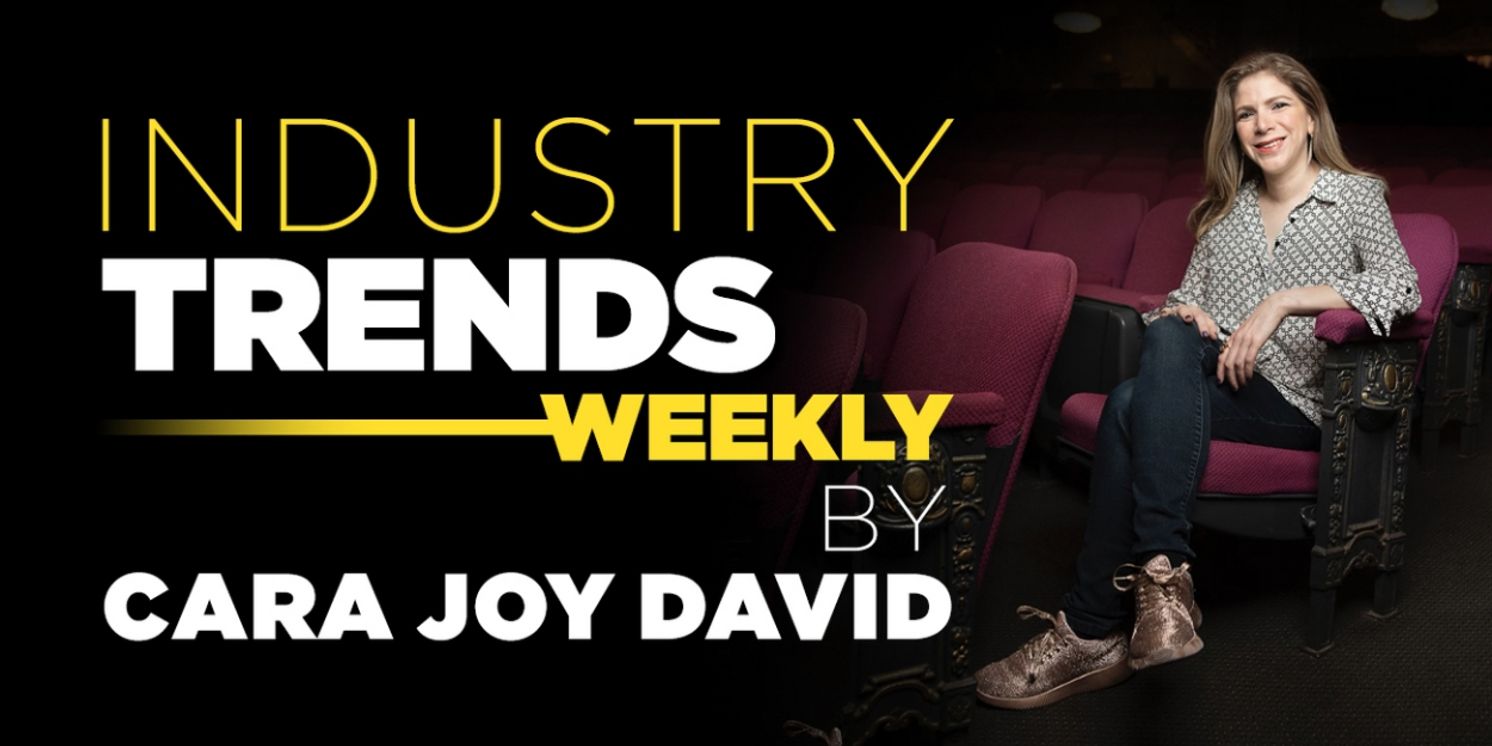Are THE WIZ's Backdrops AI Generated? And What is Scenography?
This week's Industry Trends column looks at two topics related to scenic design.

It is a rare week when two topics related to set design interest me. But that is what happened last week.
The first topic involves social media and AI. The weekend before last, people kept sending me a TikTok clip, and related social media posts, about The Wiz, which is currently on its pre-Broadway tour, allegedly using AI-generated “backdrops.” I watched the video and I said to friends: “Maybe the sets are unfortunately just works in progress—how do we know it is AI?” To which I was told that telltale signs of AI-generated art include blurry spots or different styles in the same scene, both of which were called out in the TikTok.
I didn’t do a deep dive into the topic, but I did ask the production spokesperson whether AI was used. I received a categorical denial. “AI was not used in the creation of the projections,” the spokesperson stated. (The backdrops are realized through projection.)
I have no reason not to accept that denial, especially because I haven’t seen The Wiz myself. But I do think we’ll be discussing this general topic again. Disney previously admitted to using AI-generated art in its Marvel series, Secret Invasion. Every industry is using AI. So I don’t doubt AI-generated art is being used in theater generally and I believe we will be having a greater discussion about this soon.
The second topic involves a terminology change. When The Outsiders release came in on Wednesday morning, it said: “The Outsiders features Scenography by AMP featuring Tatiana Kahvegian…” I quickly emailed the press agent to ask why “scenography” was being used. During its out-of-town tryout, AMP was credited with “Scenic Design,” which is a more typical Broadway term. I was told the press agent was checking, but, unfortunately, as of publication time, I don’t have a response as to what necessitated the change.
The Merriam-Webster definition of scenography is: “the art of perspective representation especially as applied to the design and painting of stage scenery.” It’s not a new term. (When I first heard it years ago, I thought it referred to musical staging, and my mind still goes to that incorrect place occasionally.) Graduate degrees are given in scenography. The term is frequently used in Europe, but was never widely adopted in the US. My set designer friend—who is always credited as a set designer—described it as “Scenic design on steroids.” That is because scenographers are often involved in creating the lighting, sound and costume design or at least working to collaboratively develop all of these elements. Pamela Howard, in a 2001 article in Theatre Design & Technology, wrote: "Scenography describes a holistic approach to making theatre from the visual perspective... To be called a scenographer means more than decorating a background for actors to perform in front of. It demands a parity between creators who have individual roles, responsibilities and talents."
But, while sometimes the term is indeed used to represent a more holistic role, other times I've seen the terms set/scenic designer and scenographer used interchangeably. (And, obviously, set/scenic designers always collaborate with the rest of the design team to some degree.) Through the years I’ve received several releases about off-off-Broadway shows with a “scenography” or “scenographer” credit, but I have never received a Broadway release with it. Broadway has gone with “set” or “scenic” design.
Will we see more scenographers? This could simply be the result of an AMP credit request that the producers granted. AMP is itself extremely interesting. AMP is a collective founded by Brett Banakis and Christine Jones (who have each been credited individually on Broadway with "scenic design") to amplify emerging designers. In keeping with that collaborative spirit, AMP might have requested a title viewed by some as more all-encompassing. However, while this title change could possibly be boiled down to an "okay, granted," I wonder if we will perhaps see more "scenographers" as a reflection of the fact that increasing technological complexity requires increased collaboration.
Industry Trends Weekly is a short column that runs in the weekly Industry Pro Newsletter. To read past columns and subscribe Click Here. If you have an idea for the column, you can reach the author at cara@broadwayworld.com.
Videos

